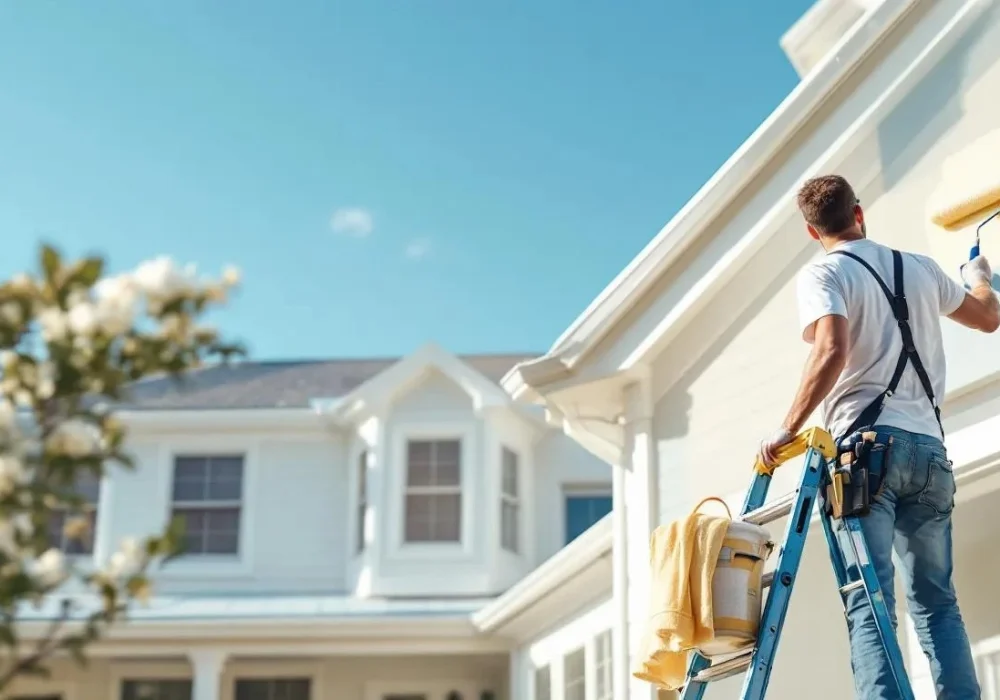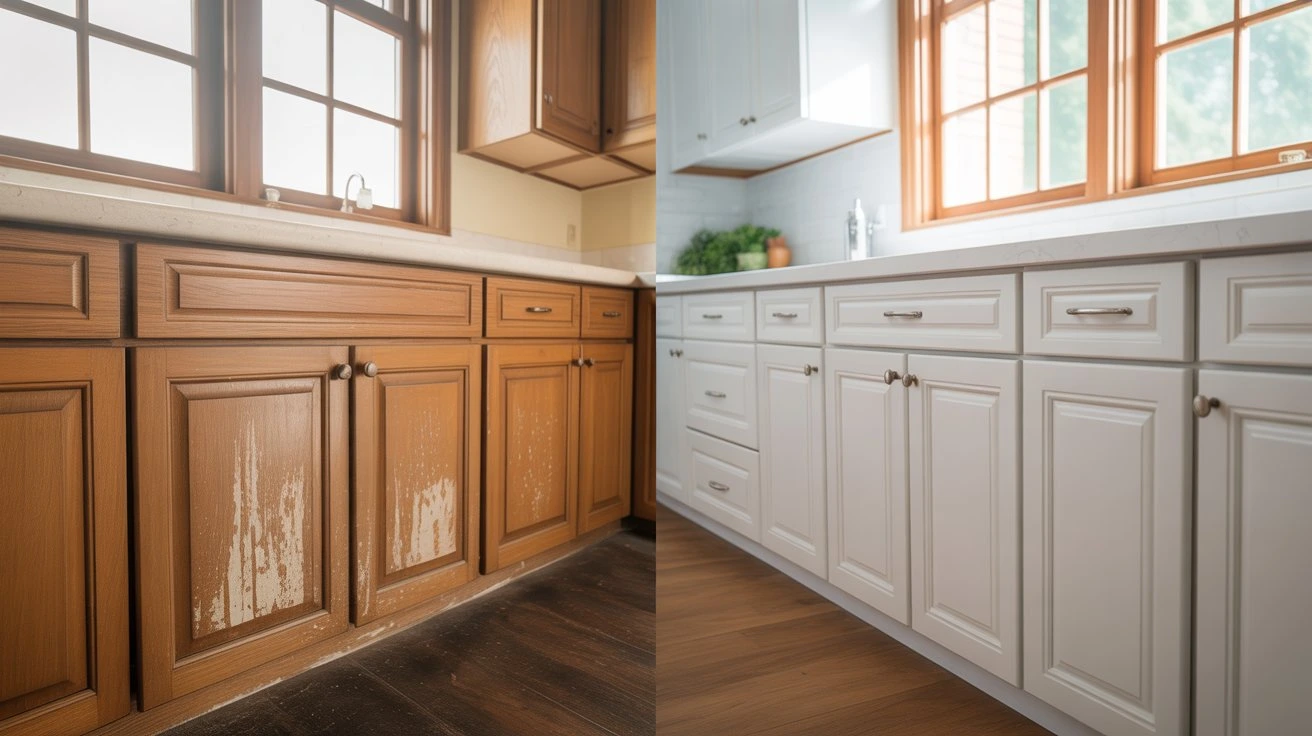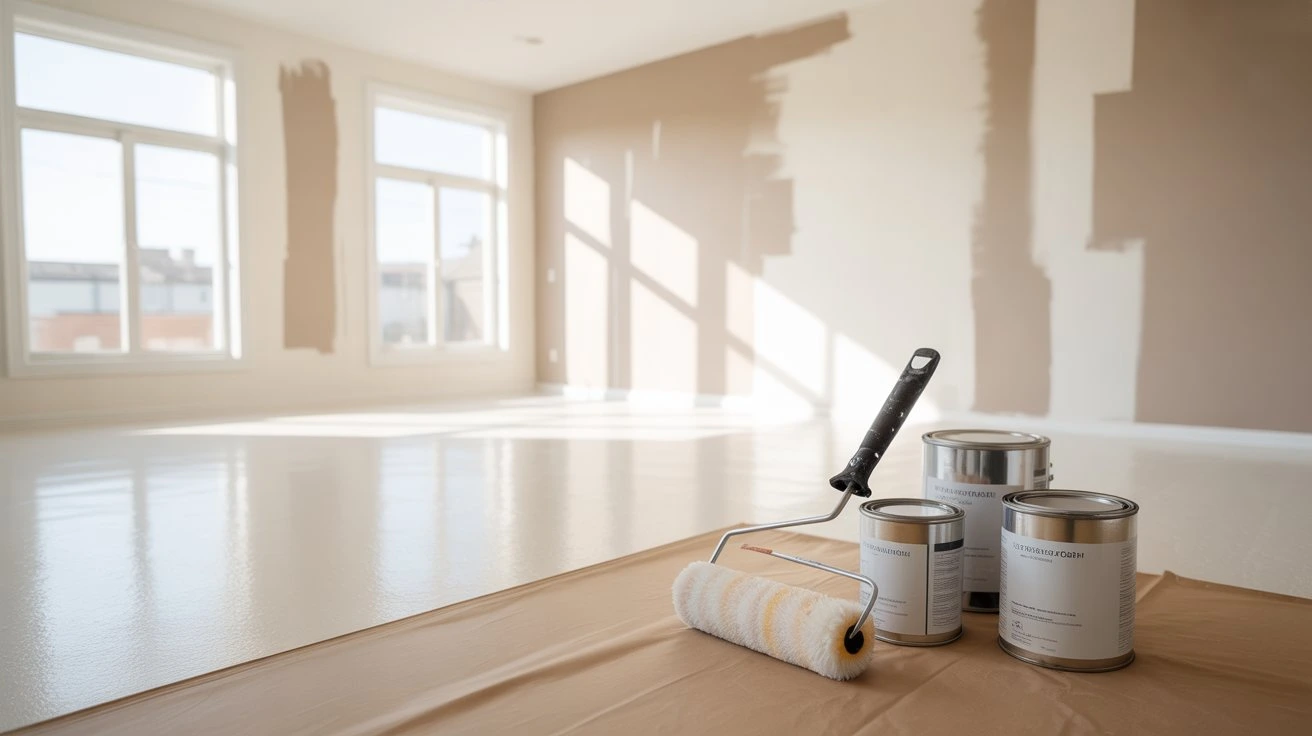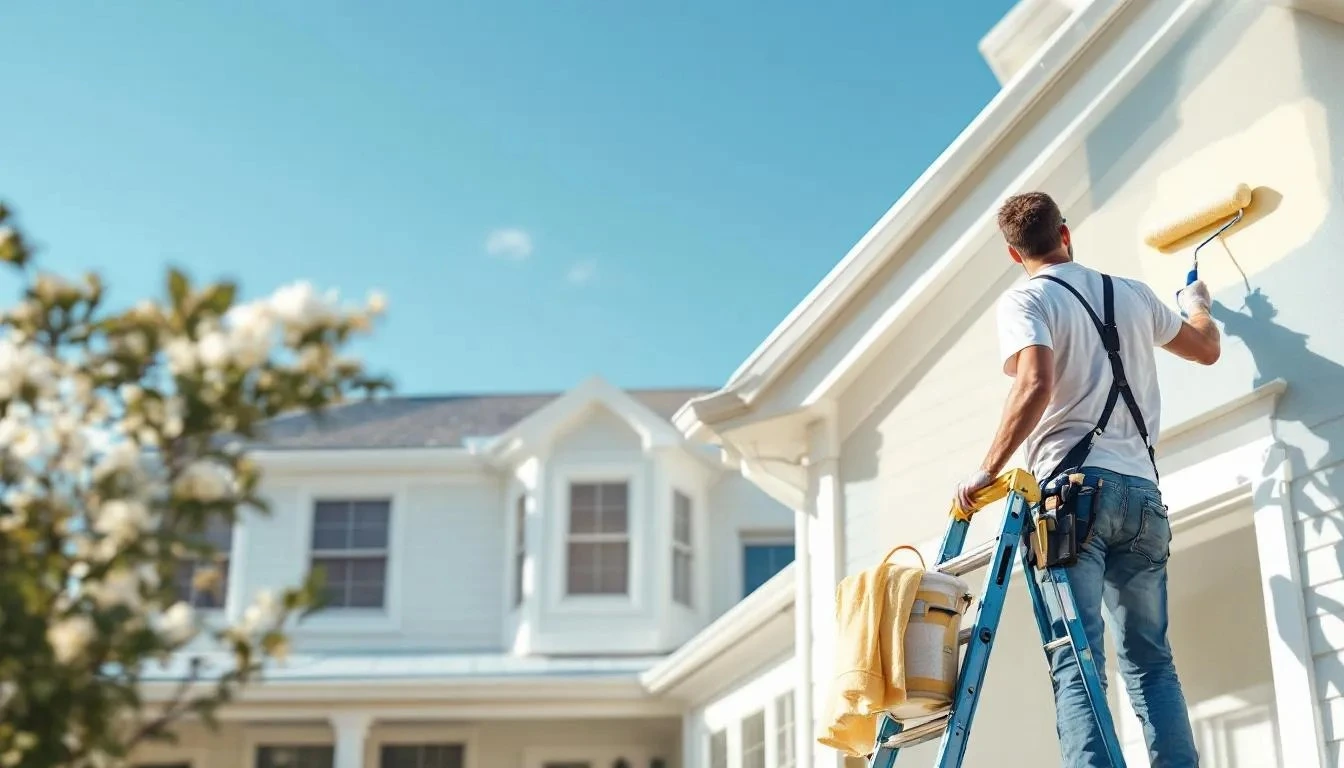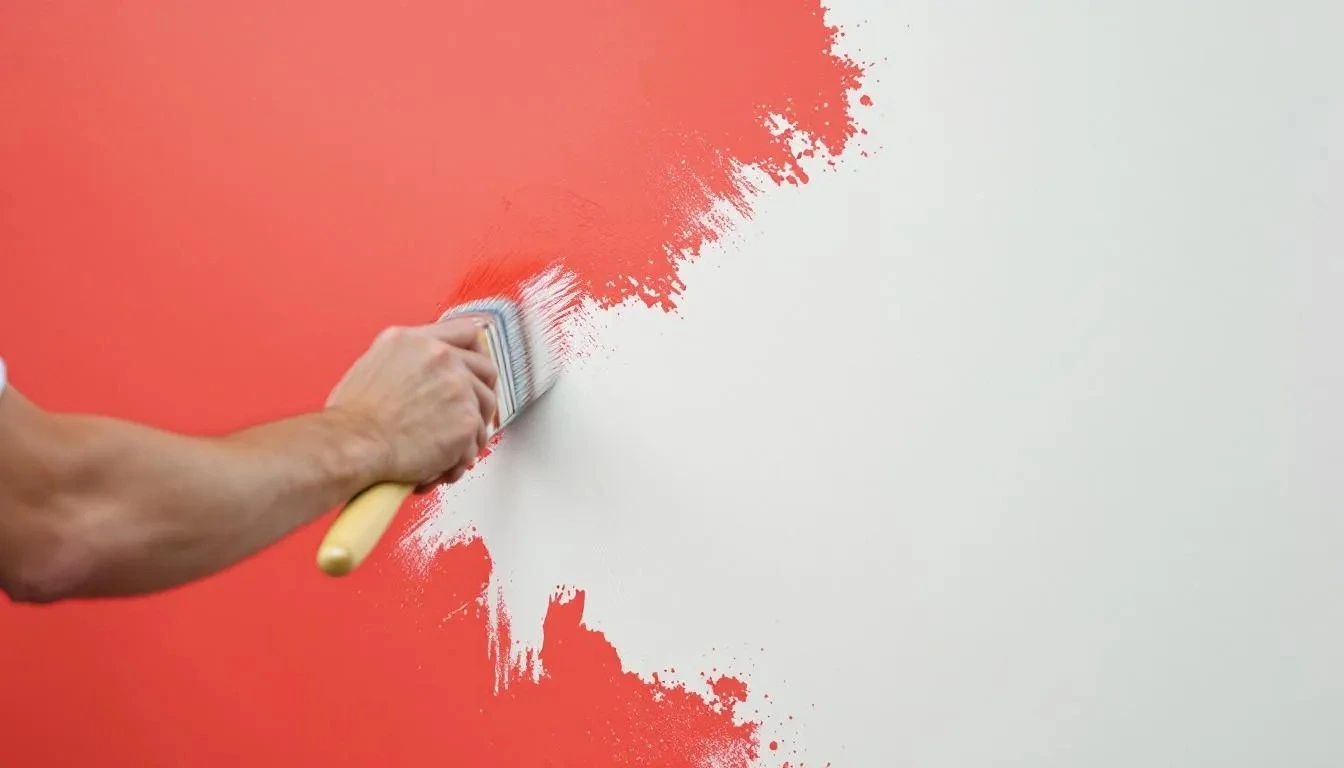How to paint your homes exterior can completely transform your property’s appearance while protecting it from weather, moisture, and the effects of time. A fresh coat of paint isn’t just about enhancing beauty. It’s an essential step in preserving your home’s structure and value. Whether you’re refreshing an older property or maintaining a newer one, following the right techniques makes all the difference. From selecting quality paint to preparing surfaces correctly, every detail matters. The experts at Affordable Painting Plus share proven tips and professional insights to help you repaint your home’s exterior confidently, beautifully, and for lasting results.
How To Paint Your Homes Exterior Like a Pro
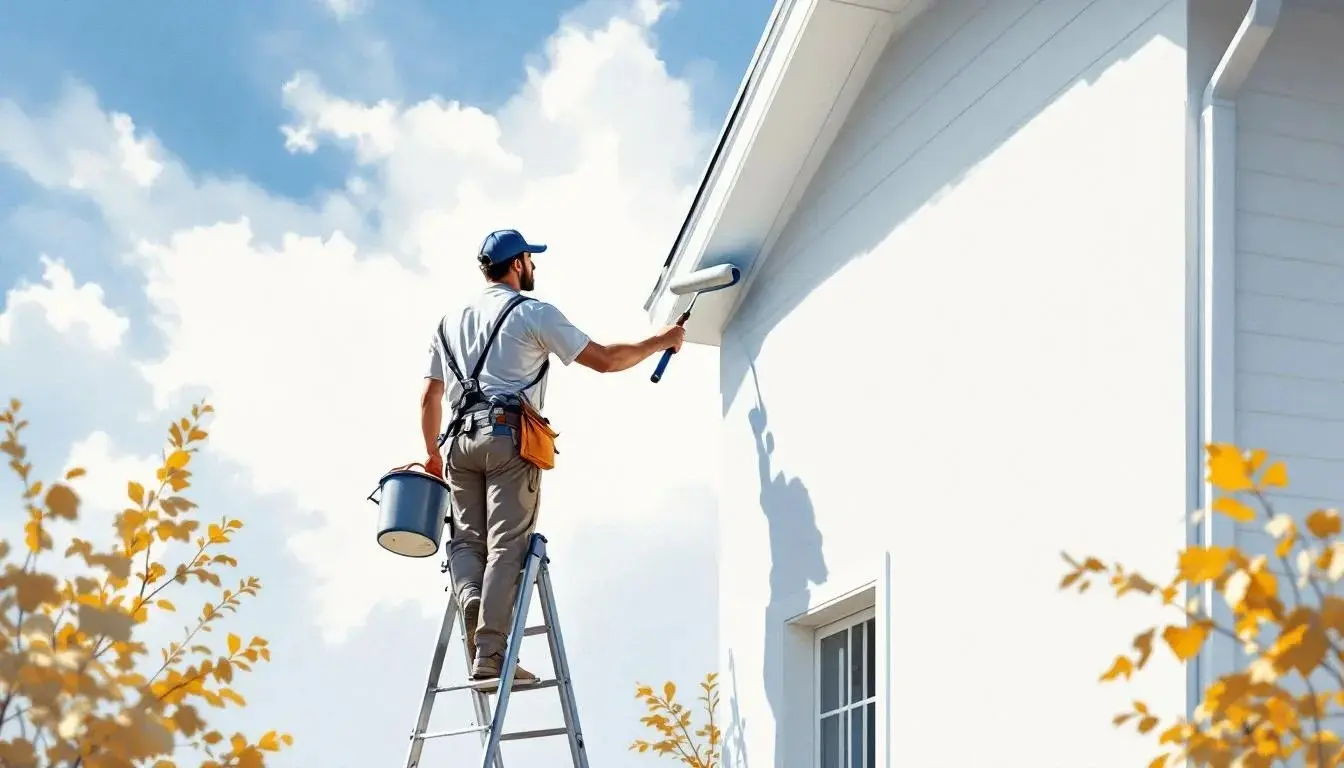
Learning how to paint your home’s exterior can completely transform your property’s look and protect it from weather damage. Whether you’re tackling a small touch-up or repainting your entire house exterior, the process begins with careful preparation, quality materials, and attention to detail. From cleaning and priming to choosing the right paint and applying it evenly, every step matters for a lasting result. If you’re unsure where to begin, professional exterior painters from Affordable Painting Plus, your trusted experts for exterior painting in Nashville, TN can help you achieve a flawless, durable finish that adds beauty and value to your home.
Knowing When It’s Time to Repaint Your Home
Signs Your Exterior Needs a Fresh Coat
Faded, chalky, or cracked paint means it’s time to repaint your house exterior. You may also notice peeling around trim, water stains, or areas where bare wood or siding shows through. These are all warning signs that your exterior coating has worn thin.
How Often Should You Repaint?
Most homes need repainting every 5–10 years, depending on the paint quality, local climate, and material of your siding. Wood siding may require more frequent attention, while brick or stucco can go longer between coats.
Effects of Weather and Sun Exposure
Sunlight, humidity, and rainfall all take their toll. Harsh UV rays fade color, while moisture can cause bubbling or mildew. Regular maintenance and quality paint can help extend the life of your exterior finish.
Choosing the Right Exterior Paint
Types of Exterior Paint (Latex vs. Oil-Based)
Latex paint is flexible, easy to clean, and great for most homes. Oil-based paints, while slower to dry, provide a rich, durable finish ideal for trim or older woodwork perfect for painting old house exteriors.
Paint Sheen and Finish Options
- Flat: hides imperfections but may attract dirt
- Satin/Eggshell: balances durability and beauty
- Semi-Gloss/Gloss: ideal for trim and doors for a sleek finish
How to Pick the Perfect Color for Curb Appeal
Choose colors that complement your roof, landscaping, and neighborhood style. Test small swatches first and view them in different lighting before committing.
How to Calculate the Right Amount of Paint
Measure wall square footage, subtract window and door space, and plan for two coats. Professionals like Affordable Painting Plus help you estimate accurately to avoid waste or shortages.
Essential Tools and Materials
Brushes, Rollers, and Paint Sprayers
Use angled brushes for edges, rollers for broad areas, and sprayers for fast, even coverage on large walls.
Primer and Caulking Materials
Always apply exterior-grade primer on new or exposed surfaces and use a paintable latex caulk to seal gaps and seams.
Safety Equipment You Shouldn’t Skip
Safety goggles, gloves, non-slip shoes, and sturdy ladders are must-haves. If lead paint might be present in older homes, wear a respirator and follow EPA safety rules.
Preparing Your Home’s Exterior for Painting
Cleaning and Power Washing the Surface
Remove dirt, mildew, and chalky residue with a power washer or scrub brush and detergent. Clean surfaces ensure paint adheres properly.
Scraping and Sanding Old Paint
Scrape away peeling paint and sand rough edges until smooth. For lead-based paint, use safe containment and disposal methods.
Repairing Cracks and Filling Holes
Use filler or exterior putty to fix dents, holes, and cracks. Allow it to dry fully before sanding flush with the surface.
Caulking Seams and Gaps
Seal around windows, trim, and siding joints to block water entry. A neat caulking job improves both protection and appearance.
Applying Primer for Best Adhesion
Priming helps paint stick evenly and enhances durability, especially important when repainting house exteriors with weathered or bare surfaces.
Step-by-Step Exterior Painting Process
Protect Doors, Windows, and Fixtures
Cover glass, lights, and hardware with painter’s tape and plastic sheeting to prevent splatters.
Painting Siding and Walls (Top to Bottom)
Start at the top and work downward, overlapping strokes slightly for uniform coverage. This prevents streaking and visible roller lines.
Painting Trim, Windows, and Doors
Use smaller brushes for detail work. Paint trim and doors last for crisp, professional edges.
Spray vs. Brush | Which Method Works Best?
Spraying covers large surfaces quickly but needs skill and masking. Brushing and rolling offer more control for DIY projects.
Weather and Timing Considerations
Ideal Temperature and Conditions for Painting
Paint between 50°F and 85°F with low humidity. Avoid painting in direct sunlight or windy conditions to prevent uneven drying.
How to Avoid Peeling, Bubbling, and Fading
Ensure each coat dries completely before applying the next, and always use high-quality paint formulated for your climate. Trusted exterior painters like Affordable Painting Plus know how to time each step for the best results.
Final Touches and Clean-Up
Removing Tape and Cleaning Tools
Pull painter’s tape while the paint is slightly wet to avoid chipping. Wash brushes and rollers immediately with warm, soapy water or paint thinner (for oil-based products).
Proper Paint Disposal and Storage Tips
Store leftover paint in airtight containers at room temperature for touch-ups. Dispose of old paint responsibly at your local recycling center.
Common Exterior Painting Issues and Fixes
Peeling and Blistering
Usually caused by painting on damp surfaces or skipping primer. Scrape, sand, and re-prime before repainting.
Fading or Chalking Paint
Fading results from low-quality paint or sun exposure. Choose UV-resistant exterior formulas to keep colors vibrant.
Moisture and Mildew Problems
Ensure gutters and caulking are intact. Use mildew-resistant paint on shaded or damp areas.
Cost and Professional Tips
DIY vs. Hiring Professional Painters
DIY saves money but demands time, tools, and skill. Hiring a licensed exterior painting contractor in Nashville like Affordable Painting Plus ensures lasting quality and zero stress.
How to Budget for an Exterior Painting Project
Consider paint, supplies, equipment rental, and labor. On average, professional painting ranges by square footage and surface type, a worthwhile investment for longevity.
Why Professional Exterior Painting in Nashville Is Worth It
Professionals know local climate challenges, use premium materials, and deliver flawless finishes that protect your home for years.
Maintaining Your Exterior Paint Job
Regular Cleaning and Inspections
Wash your exterior annually with mild soap and water. Check for peeling, cracks, or mildew after heavy seasons.
Touch-Up Tips to Extend Paint Life
Keep leftover paint labeled and stored properly. Touch up small chips before they expand, maintaining a fresh appearance longer.
Conclusion
Key Takeaways for a Long-Lasting Paint Finish Proper prep, premium paint, and attention to detail are the cornerstones of exterior success. Regular maintenance can extend your paint’s lifespan dramatically. When to Call the Experts for Exterior Painting If your home’s paint is peeling or faded, or you simply want a stunning, durable finish, contact Affordable Painting Plus Nashville’s trusted exterior painters. Our experienced team delivers precision, protection, and beauty every time.
FAQs
How long does it take to paint a house exterior?
Most professional projects take 3–7 days, depending on size and prep work. Affordable Painting Plus ensures efficient scheduling without cutting corners.
Can I paint over old paint?
Yes, if the existing paint is sound. Clean, sand, and prime glossy surfaces before painting old house exteriors for best results.
What’s the best month to paint outside?
Spring and early fall are ideal. Moderate temperatures allow the paint to cure evenly and last longer.
Should I use primer every time I repaint?
Yes, primer improves adhesion and color consistency, especially when switching shades or covering bare wood.
How much does exterior painting cost?
Prices vary by home size, paint type, and prep needs. Your local exterior painting contractor in Nashville can provide a precise estimate based on inspection.

